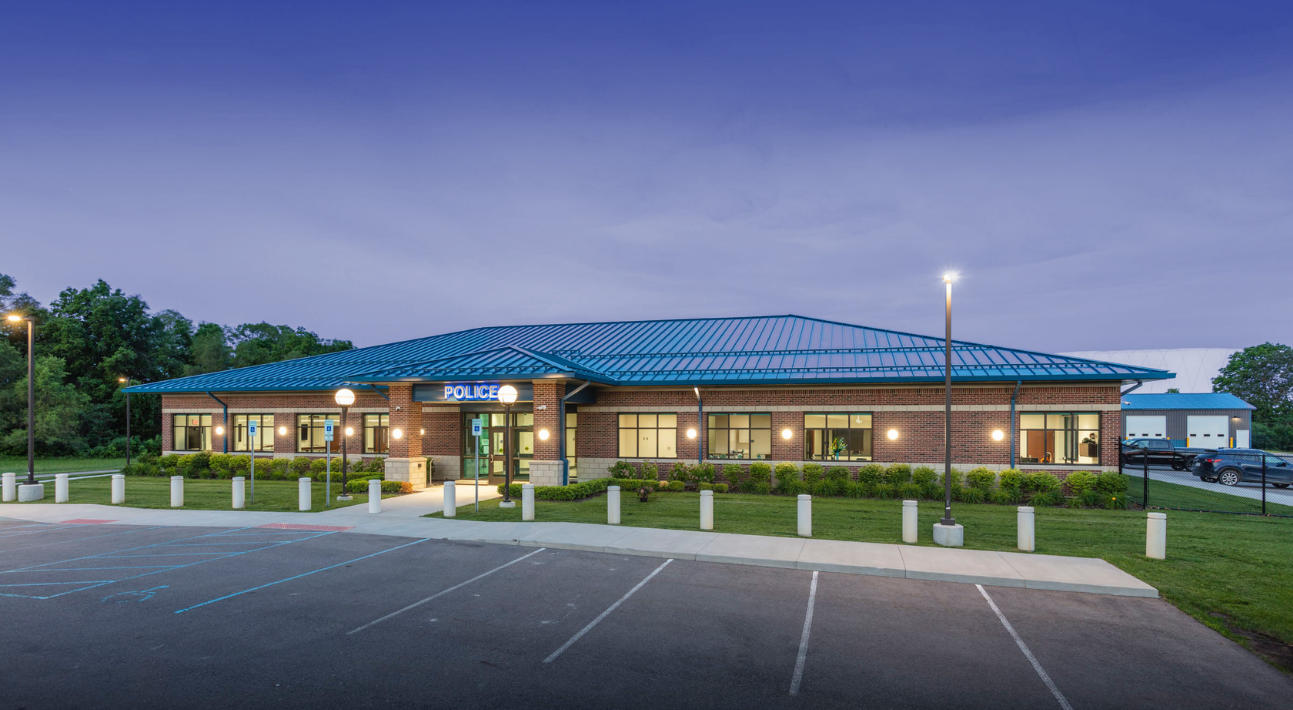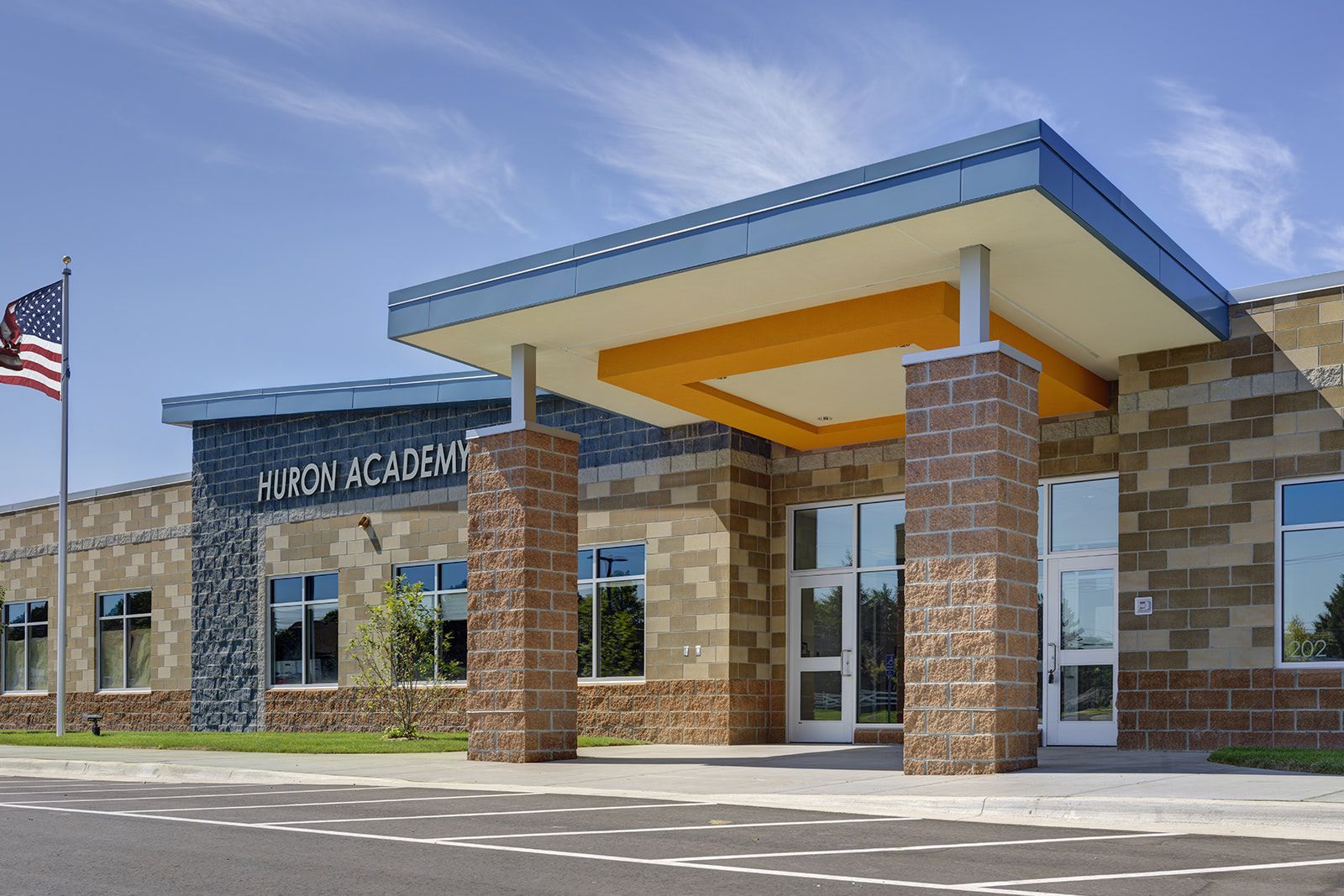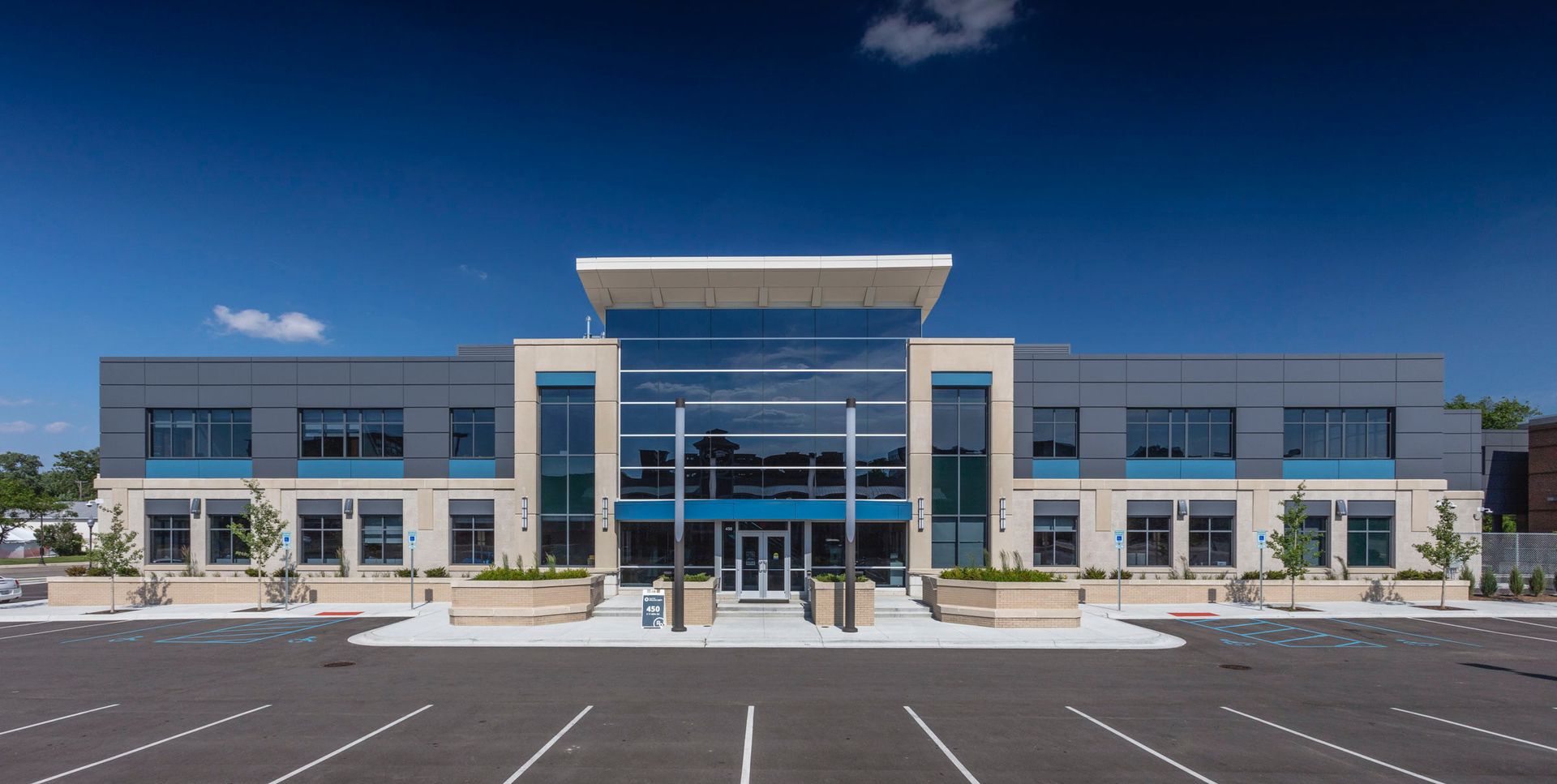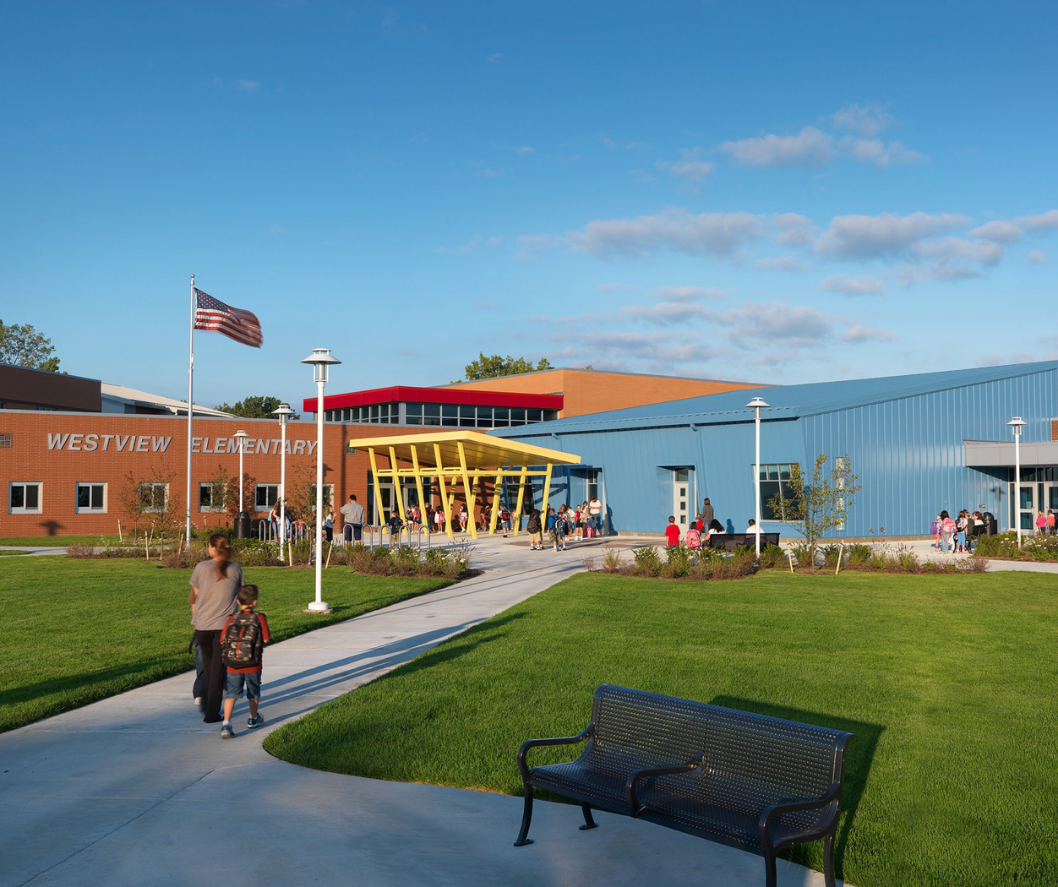Your Guide to Backup Power Systems for Public Buildings
Backup Power Systems for Critical Facilities: What Decision-Makers Need to Know
Picture this: A storm knocks out power at a fire station, plunging it into darkness just as emergency calls begin pouring in.
For public safety facilities, even a momentary power outage can delay critical response efforts, jeopardize community wellbeing, and compromise essential services.
That’s why reliable backup power systems aren’t just nice to have—they’re essential infrastructure for municipalities, public safety buildings, and other mission-driven facilities.
In this blog, we'll explore what makes a backup power system effective for critical facilities.
We'll look at how backup power fits into civic architecture, key factors in designing systems that align with a facility's specific power needs, and how recent code updates and funding realities shape project decisions. You'll also learn about common pitfalls to avoid and see how thoughtful planning translated into real-world success in a state park shelter project.
Whether you're responsible for a fire station, city hall, or data center, this guide offers insight into designing power solutions that protect operations and community trust.
The Role of Backup Power in Civic Architecture
"Redundancy isn’t a luxury, it’s a requirement when lives depend on uninterrupted operations."
- Darren McKenna, Architect and Studio Director at PARTNERS in Architecture
A backup power system is more than a generator in the basement.
It’s a layered and intentional approach to ensuring that essential facilities remain operational during utility failures, natural disasters, grid interruptions, or any unexpected event that threatens the power supply.
For buildings like fire stations, city halls, or data centers, where continuous operation is not just beneficial but mission-critical, backup systems become the silent backbone of public trust and safety.
At PARTNERS in Architecture, we take a holistic view of power system design.
That means not only specifying equipment like standby generators, battery backup systems, and automatic transfer switches, but also understanding the operational needs of the facility, the reliability of the local grid, and how each layer of redundancy can reduce downtime.
Our goal is to design systems that protect critical infrastructure, maintain essential services, and support the civic mission of every building we serve.
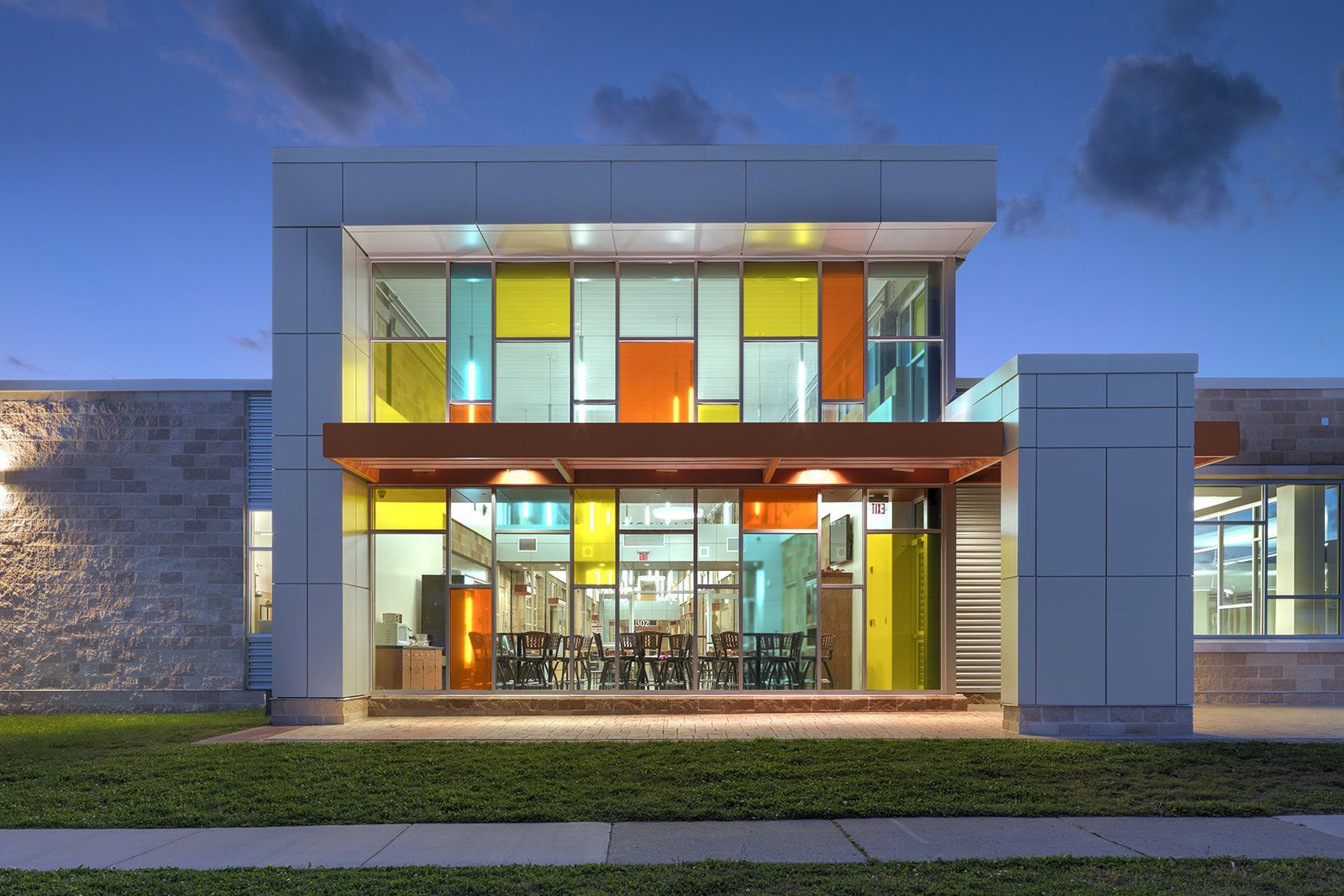
Designing Backup Power Systems: Key Considerations
Every site has its own power needs and vulnerabilities, shaped by factors like location, function, and existing infrastructure.
Our process begins with a thorough assessment of the local grid's reliability and identification of any single-point-of-failure risks that could compromise operations. Whether rural or urban, critical public buildings must be designed to maintain functionality through any outage scenario.
Redundancy is at the core of an effective backup system.
We often recommend multi-layered solutions that combine emergency power from natural gas or diesel generators with battery backup systems that activate immediately during the delay associated with a transfer switch.
This layered strategy ensures continuous operation of critical systems like data centers, communication infrastructure, lighting, and life-safety equipment until the full backup system engages.
Customizing backup power systems to the unique needs of each facility type is equally important.
For instance, in a fire station, while dormitories may not require emergency power, spaces like the apparatus bay, radio equipment room, and dispatch center must remain fully operational. Similarly, in municipal buildings or public safety command centers, servers, communication lines, and climate control systems must be prioritized to avoid service interruptions.
Designing with these distinctions in mind enables public buildings to serve their communities without disruption, no matter the circumstances.
Code Compliance, Funding, and Practical Constraints in Backup Power Supply Design
In Michigan, updated building codes now mandate backup power systems for first responder facilities.
These codes reflect a growing recognition that civic infrastructure must remain fully operational during emergencies, not just for the safety of building occupants but for the communities they serve.
Requirements include specific guidelines for generator capacity, transfer switch operations, and how long a system must be able to sustain critical operations during an outage.
At the same time, funding availability plays a significant role in what can be implemented.
Municipalities often rely on a combination of local budgets, state funding, and federal programs such as FEMA's Hazard Mitigation Grant Program to finance backup power solutions.
These funding sources come with their own constraints and opportunities, making early planning essential.
At PARTNERS in Architecture, we guide clients through both the technical and financial landscape.
We help balance performance goals with budget realities by identifying where investments will yield the greatest impact—ensuring power systems protect mission-critical operations, align with regulatory expectations, and deliver long-term reliability for public service continuity.
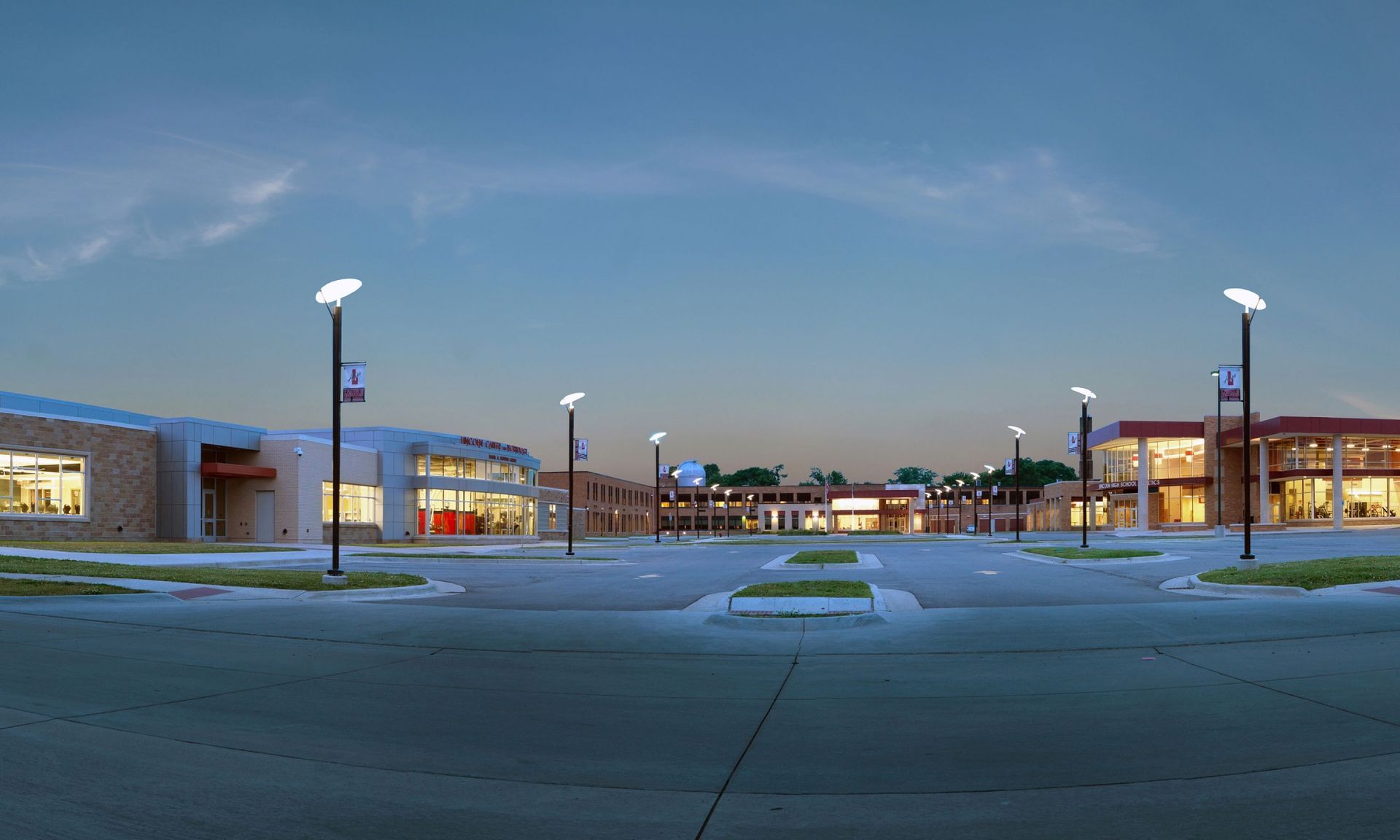
"Backup systems are only as strong as the plan to maintain them. We help clients think beyond installation to long-term operability."
- Chris Glaspie, Technology Director, PARTNERS in Architecture
Some facilities install a single generator and consider the job done. But relying on just one power source increases vulnerability and puts operations at risk if that unit fails or cannot respond quickly enough.
At PARTNERS in Architecture, we’ve worked with emergency operation centers that have adopted dual battery backup systems, offering immediate power continuity if one unit malfunctions.
This layered approach builds true resilience into the system and minimizes the risk of unexpected downtime during a crisis.
Maintenance is another critical but sometimes overlooked factor.
Standby systems, such as generators and battery units, must be regularly tested, exercised under load, and maintained according to manufacturer schedules.
Neglecting maintenance can turn a critical safety net into a nonstarter when power is most needed. Communication systems—including radio, phone, and data networks—also depend on reliable power.
These systems are often forgotten in backup power planning, yet they are essential for coordinating response efforts and maintaining command structure during emergencies. Including them in the backup strategy ensures public safety personnel can stay connected, informed, and effective.
Case Study: Emergency Power in Action at a State Park Shelter
One of our public-sector projects involved a Michigan state park headquarters that also served as a designated tornado shelter.
Understanding the potential risk to hundreds of campers during severe weather, we worked closely with the Department of Natural Resources to integrate a robust backup generator system into the facility design.
This ensured that essential systems—lighting, HVAC, security, and communications—remained functional during any grid outage.
This real-world example highlights the value of proactive design, reliable power infrastructure, and close collaboration with stakeholders.
It demonstrates how smart planning and thoughtful execution can protect lives, preserve trust, and support the core mission of public service.
Building Confidence Through Reliable Power Solutions
Backup power systems in public buildings are not just technical components—they are lifelines.
A well-designed backup power system can safeguard critical operations, prevent service disruption, and reinforce public trust.
From understanding power needs and system redundancy to meeting evolving code requirements and planning around funding realities, the insights shared here are meant to empower decision-makers to build smarter, more resilient infrastructure.
At PARTNERS in Architecture, we bring this approach to every civic project we take on. Our commitment to community resilience means designing systems that anticipate outages and maintain uninterrupted service for those who depend on them.
If you're planning a new public facility or upgrading an existing one, don't leave power continuity to chance. Book a call with our team to discuss how we can help you develop a customized, compliant, and cost-effective backup power solution.
Because when it comes to civic infrastructure, reliability isn’t optional—it’s the foundation of trust.
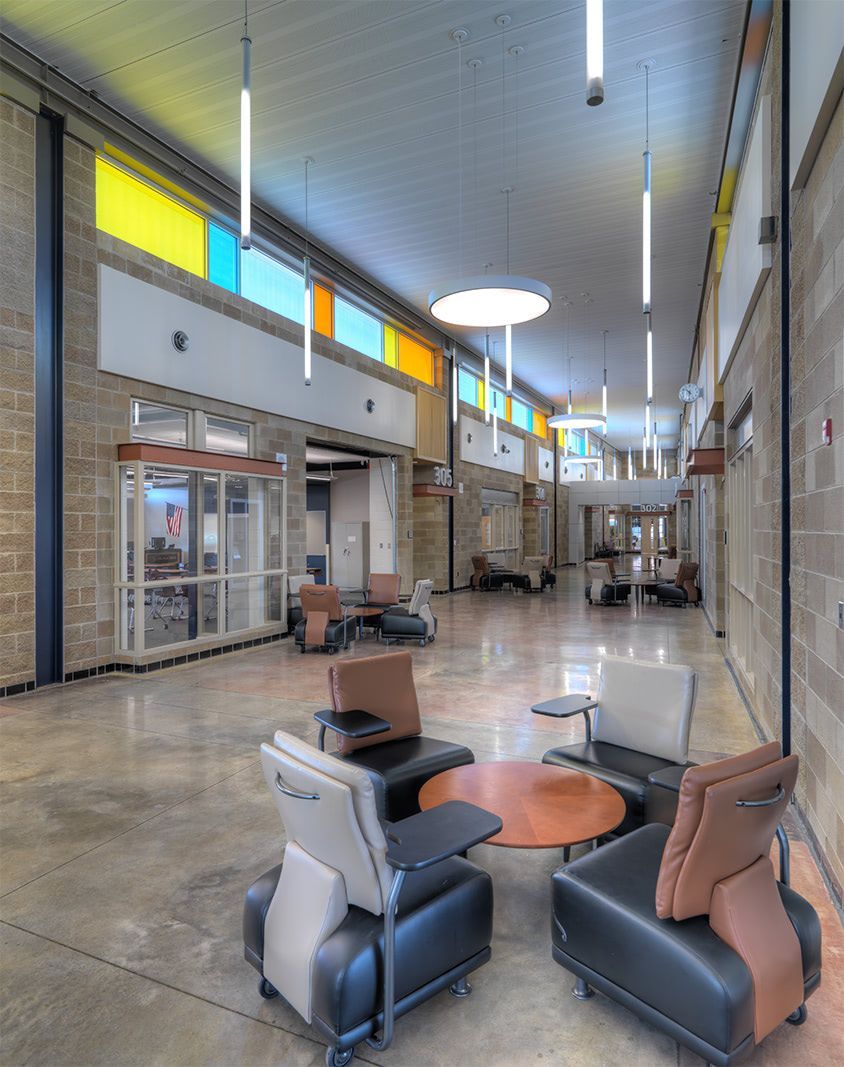
Frequently Asked Questions:
What is a backup power system and why is it important for public buildings?
A backup power system provides emergency electricity when the main power source fails. For public buildings—especially those supporting emergency services—these systems are essential to ensure uninterrupted operation during outages.
What types of backup power solutions are most common in civic facilities?
Most systems use a combination of standby generators, battery backup systems, and automatic transfer switches. This layered approach protects critical systems immediately and maintains operations during longer outages.
How do I determine the right size and type of system for my facility?
The right system depends on your facility’s specific power needs, local grid reliability, and the critical functions that must stay online. A facility assessment helps identify essential loads and appropriate backup solutions.
Are there codes or regulations that require backup systems for public buildings?
Yes. In Michigan, for example, updated building codes now require backup power systems for first responder facilities. Compliance ensures both legal adherence and operational readiness during emergencies.
What funding options are available for installing a backup system?
Municipalities can explore funding from local budgets, state infrastructure programs, and federal sources such as FEMA’s Hazard Mitigation Grant Program. Early planning is key to securing and applying these funds effectively.
How often should a backup power system be tested or maintained?
Generators and battery systems should be tested routinely, often monthly or quarterly, and maintained per manufacturer guidelines to ensure they function when needed.
How do these design strategies support students emotionally?
Safe, well-lit, and visually open environments help reduce stress, promote focus, and build a sense of connection. Our goal is to create spaces that feel protective, not restrictive.


